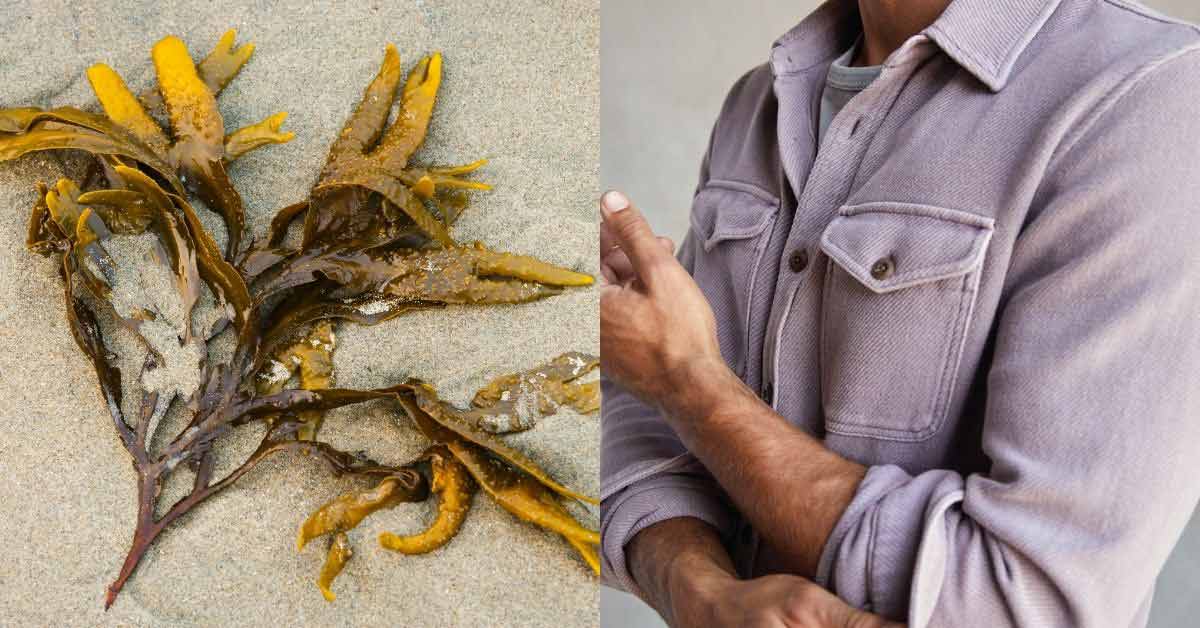Sushi, smoked salmon, or a tuna salad sandwich: Until now, it’s been impossible to know if the food on your plate has been caught illegally.
But researchers have a pretty good idea. According to Pew, illegal fishing accounts for up to $23.5 billion worth of seafood every year — or one out of every five fish taken from the ocean.
Illegal fishing is not only an industrial issue, either. It accounts for major environmental and human threats. A key driver of global overfishing, illegal fishing threatens marine ecosystems, increases food insecurity and regional economic instability, and is linked to huge human rights violations.
And Global Fishing Watch knows that something must be done.
The organization uses cutting-edge technology to create the world’s first livestream map monitoring the global fishing fleet and made it public and freely available to the entire world.

Basically, Global Fishing Watch keeps an eye on fishing across the globe and finally allows us to trace and track fishing activities better than ever before.
What started as a collaboration between Oceana, SkyTruth, and Google in 2015 is now an international data-organizing organization that keeps our oceans safe and sustainable.
A little over a year after its launch, Global Fishing Watch became a completely independent global nonprofit with the purpose of advancing ocean governance through increased transparency of human activity at sea.
This is done through free and public maps visualizations as well as data and analysis tools, which help everyone — regardless of their location — see what is going on in the ocean and subsequently protect biodiversity, fisheries, and livelihoods.
“Fishing is one of the largest human activities out on the ocean,” Global Fishing Watch CEO, Tony Long, told Good Good Good. “Due to the size and scale of the ocean, it’s very difficult to monitor it. With overfishing being a huge problem — a third of the world’s fisheries are now overfished, and illegal and unreported fishing cause huge problems — we knew we had to shine a light on this activity.”
Global Fishing Watch allows free and unfettered access to data surrounding human activity in the ocean — specifically, of course, illegal and unregulated fishing.
Using satellite technology, cloud computing, and machine learning, Global Fishing Watch aggregates tracking data from a myriad of sources, processes it to be easily readable, and disseminates it to anyone with an internet connection.
With publicly available tracking sources like the automatic identification system, vessel monitoring system, public vessel registries, and satellite imaging, the organization’s tech synthesizes all of this data and puts it in one place.
“You can’t manage what you can’t see,” Long said. “This comes back to the basics of why Global Fishing Watch exists. We want to put in the hands of everybody who needs it, the information about what’s happening out on our ocean.”

After gathering all of this data, Global Fishing Watch uses algorithms and machine learning models to monitor the activity of fishing vessels at sea.
Combined with its wide-ranging database, this information can be organized into categories like “trawler,” “longliner,” or “cargo” to help better identify and monitor the movements of various shipping vessels at any given time.
But what about the vessels that go undetected?
Take North Korea, for example, where some fishing vessels will turn off GPS tracking and go out onto the waters unregistered. By using other technologies in addition to GPS, the organization was able to detect these “dark vessels” and found that the area was pillaging over half a billion dollars worth of squid each year, one of the largest cases of illegal fishing.
Making these findings public compels authorities to take these matters seriously. In fact, as Long shared in his 2023 TED Talk, illegal fishing in that area has since gone down by 75%.
“Technologies used in North Korea can be used anywhere and everywhere to make the invisible visible,” Long said in his TED Talk. “You can go on the internet whenever you want to look at what’s happening on roads and land. Why can’t we do the same with the ocean?”

The invaluable tech and open-source philosophy is even more crucial in conjunction with the United Nations’ recently-signed High Seas Treaty, which aims to protect 30% of the world’s oceans by 2030.
The treaty will impose rules for member states to protect marine biodiversity and mitigate disputes over natural resources, shipping, and more.
“If we are going to fish the high seas, or indeed, protect the high seas, in the way the treaty suggests, then there needs to be some kind of common system,” Long told Good Good Good.
“We think an open reporting system like Global Fishing Watch, showing a transparency of what’s happening out on the high seas, is probably the best, most scalable, and most affordable methodology for the nations to come together to understand exactly what’s happening out there.”
With support from The Audacious Project, the philanthropic arm of TED, Global Fishing Watch has launched the Open Ocean Project. This will map 100% of industrial fishing vessels, hundreds of thousands of small-scale fishing boats and non-fishing vessels, as well as all fixed infrastructure at sea, over the next five years.
By creating a robust map, experts and watchful citizens alike will be able to pinpoint where destructive fishing activity is happening and work with governments and scientists to improve ocean stewardship.
“Advances in machine learning and cloud computing allow us to translate these billions of data points into understandable information,” the webpage for the Open Ocean Project reads.
“This exciting technology offers the opportunity to create a ‘digital ocean,’ an interactive online map that publicly reveals all industrial human activity at sea… It has the power to transform how we view the ocean—and protect it.”
And folks are taking the bait.
“This is a very proactive approach between Global Fishing Watch and our partners. There’s a shift in attitudes, also, within the market area,” Long said. “Buyers and suppliers want to try and prove their due-diligence. They’re starting to recognize the role transparency has to play. They use this information to hold fleets accountable.”
Global Fishing Watch is at the helm of the ship, implementing huge new initiatives and technologies over the course of the next few years that could reinvent how the ocean is governed. Long is ready to dive head-first.
“There seems to be a realization that things have to change,” Long said. “So now what we’ve got to do is make sure people have the tools they need to enact it.”





